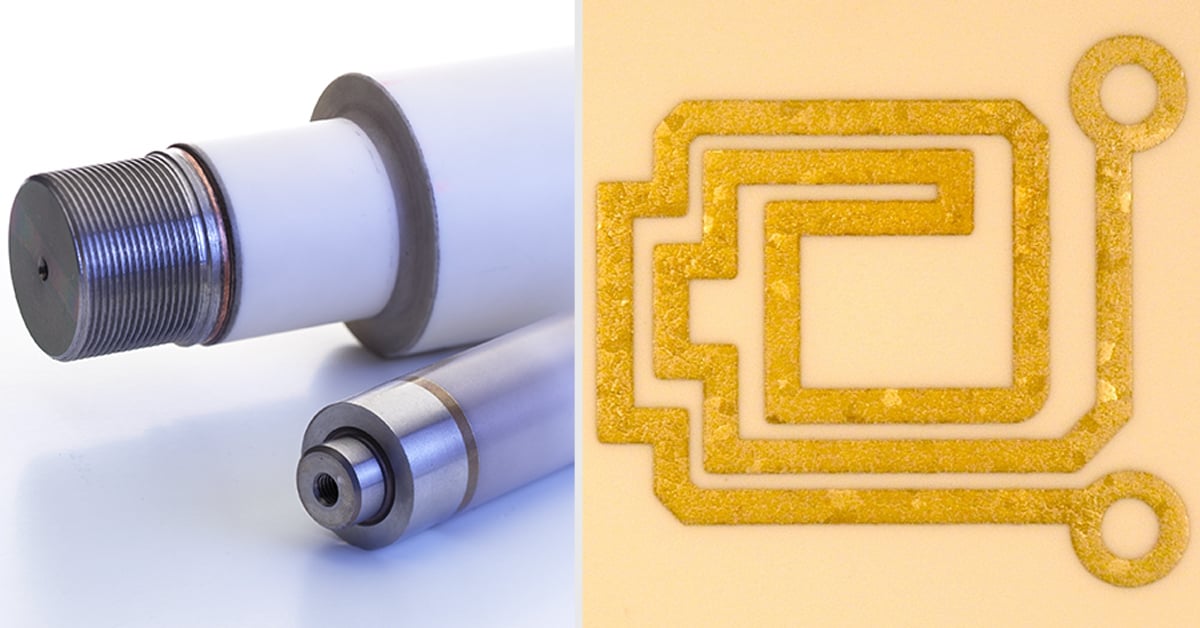
Vacuum brazing makes almost any material combination between high performance ceramics and metals possible.
With the aid of the universally applicable vacuum brazing technique, any high-performance ceramic can be firmly joined to almost any metallic structural material. This allows to apply special material properties exactly where they are needed.The use of active brazing alloys in a vacuum results in the direct wetting of oxide and non-oxide ceramics as well as the super-hard materials cBN and diamonds. Besides the production of components, this process combination is also suitable for the metallization of ceramics and the application of functional structures onto ceramic substrates.
Accordingly, the following advantages result for this joining technique:
- Strong metallurgical bonds and consequently highly loadable and temperature-resistant joints
- Almost any combination of materials between ceramics and between ceramics and metals
- Active brazing eliminates the need for a prior metallization of the ceramic, which is why basically any high-performance ceramic can be brazed
- Flux-free soldering in air; applicable by using special alloys
The fields of application of this production technology are manifold:
- Food and pharmaceutical industry
- Mechanical engineering
- Sensor technology and metrology
- Cutting tool, watch and jewellery industry
- Security engineering



 Listemann AG
Listemann AG Listemann Polska Sp.z o.o.
Listemann Polska Sp.z o.o.